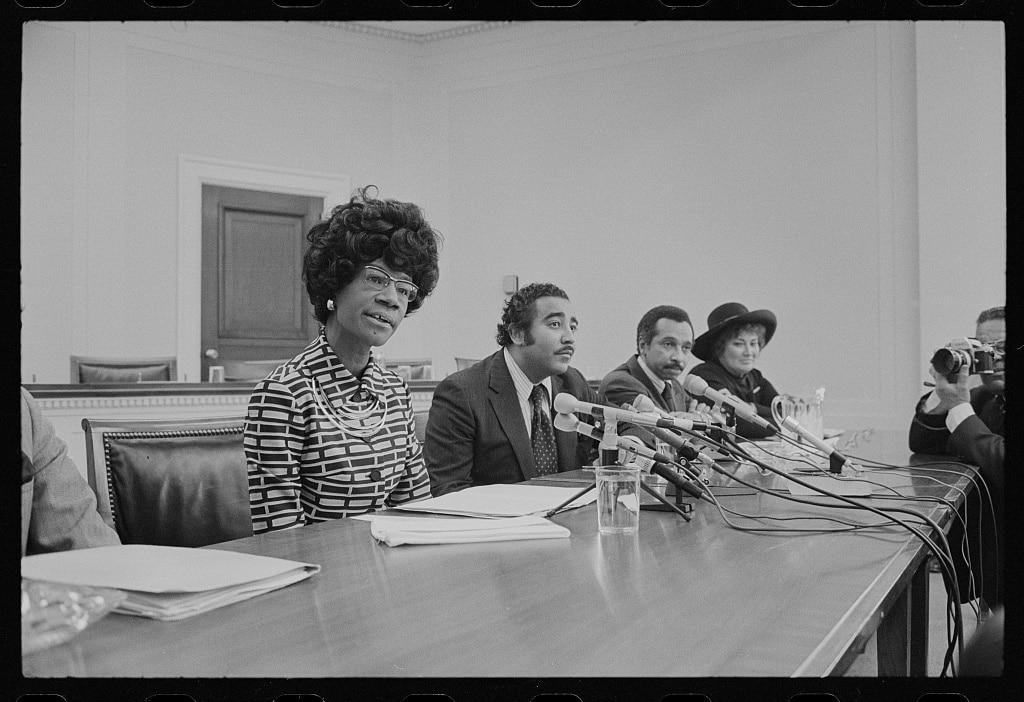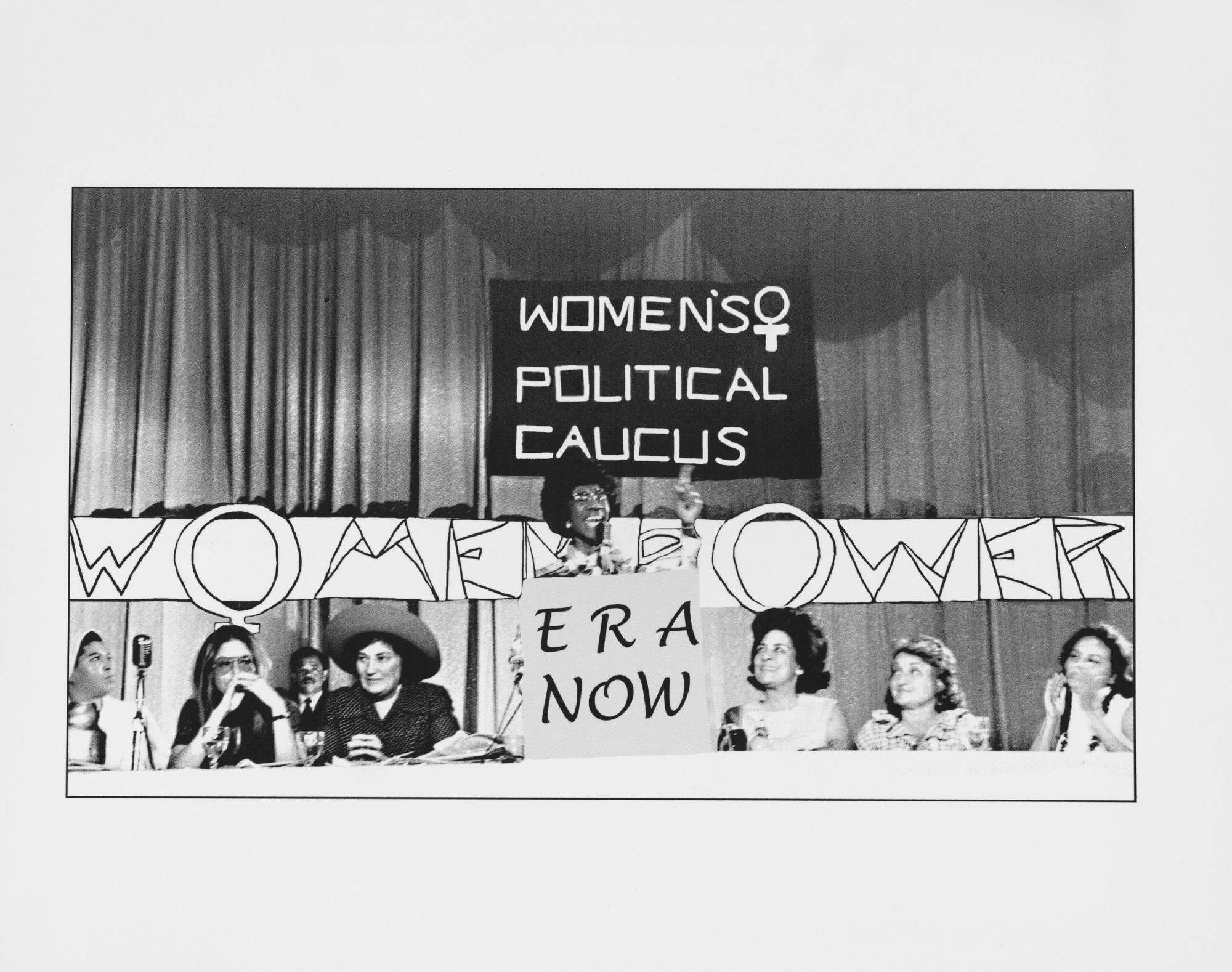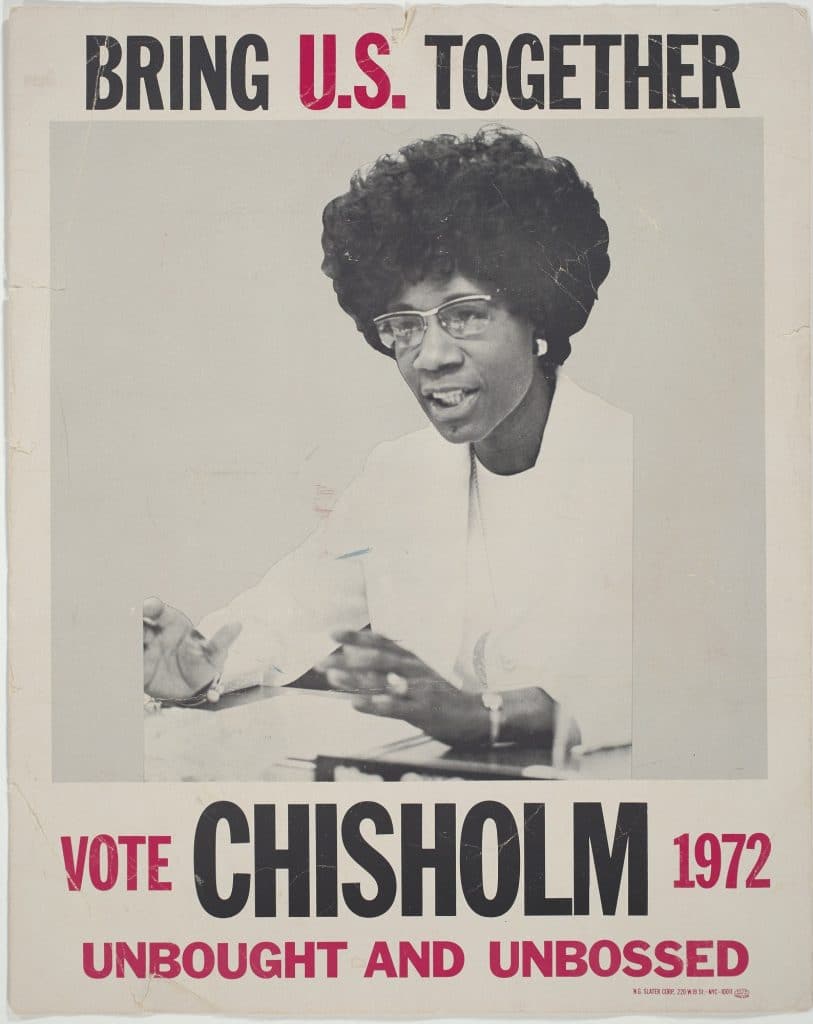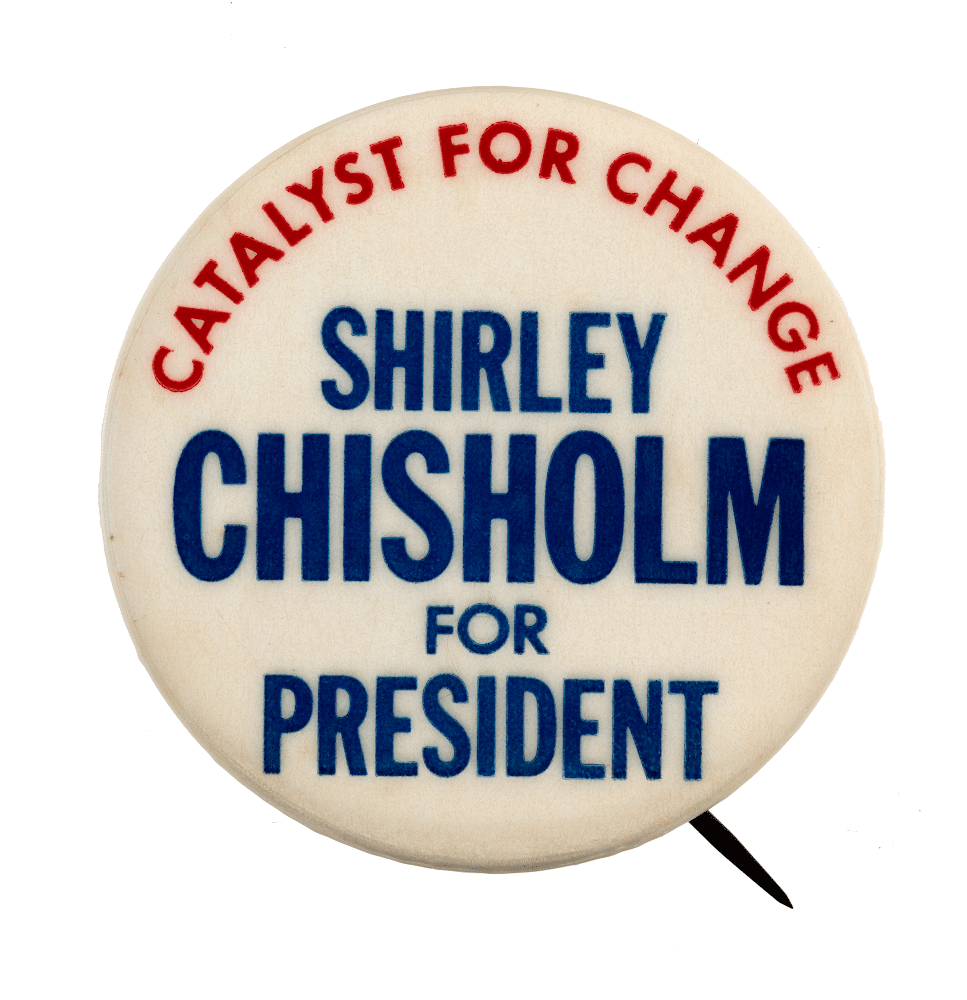This video was created by educators Nadeia Miah and Jamilah Whiteside in collaboration with the Untold Project. It was made possible in part by the National Endowment for the Humanities: Democracy demands wisdom. Any views, findings, conclusions, or recommendations expressed in this video do not necessarily represent those of the National Endowment for the Humanities.
Background
Shirley Chisholm of Brooklyn, New York, was the first Black congresswoman. In January 1972, she announced her candidacy for the Democratic nomination for president of the United States. This made her the first Black woman to seriously campaign for a major party’s nomination.
Mrs. Chisholm was one of thirteen candidates for the Democratic nomination. She was the only woman and the only person of color in the group. Over the course of seven months, she traveled across the country tirelessly campaigning.
Mrs. Chisholm fought against the belief that she was a candidate for women and Black people only. Mrs. Chisholm cared deeply about race and gender equality, but she wanted her campaign to be about more than that. She spoke openly about her desire to be a “catalyst for change” for all Americans.
Mrs. Chisholm was outspoken, which made her supporters love her and frustrated her opponents. Many Democrats urged her to step down. They said she could not win and that she was taking votes away from more “serious” candidates. But Mrs. Chisholm was serious. During one press conference she stated, “If you can’t support me or you can’t endorse me, get out of my way. You do your thing, and let me do mine.”
Mrs. Chisholm campaigned to win, but she was realistic about her prospects. Knowing that a victory was unlikely—her secondary goal was to earn enough delegates to attend the Democratic National Convention with negotiating power. In the end, she fell short of this goal. Her refusal to cater to the political machine meant that most of her supporters threw their weight behind other candidates once the convention began. Mrs. Chisholm remained professional, despite her disappointment. She made a speech about the importance of party unity to the entire convention before stepping down from the race.
Shirley Chisholm continued to serve in Congress until her retirement in 1983.
About the Image
This is a set of materials related to Shirley Chisholm’s 1972 campaign.
The first photograph shows her announcing her candidacy in January 1972.
The second photograph shows her speaking to the women’s caucus at the Democratic National Convention in Miami in July 1972. Many members of the caucus supported Mrs. Chisholm, but fell short of officially endorsing her. Leaders of the women’s liberation movement were eager to endorse the candidate most likely to win and support women’s issues. Mrs. Chisholm was disappointed by this, but remained a vocal member of the caucus, which she helped form.
The poster and button are official campaign materials.
Vocabulary
- caucus: A subset of a larger group that shares common interests or identities, such as the Black caucus.
- Democratic National Convention: The event during which the Democratic Party chooses its candidate for president. It is also an opportunity for caucuses and other groups to meet and decide on party activities.
Discussion Questions
- Why do you think Shirley Chisholm ran for president in 1972?
- Take a close look at the poster and button. What do you learn about Mrs. Chisholm’s campaign from these items?
- What do you think the phrase “Unbought and Unbossed” meant?
- What do you notice about the two photographs? What does this tell you about the kinds of people that supported Mrs. Chisholm?
- Many of the people in these photographs supported Mrs. Chisholm but either fell short of endorsing her or backed a different candidate at the convention. Why do you think they did this? What does this tell you about the challenges Mrs. Chisholm faced?
Suggested Activities
- APUSH Connection: 8.5: Culture after 1945
- AP Government Connection: 5.8: Electing a President
- Invite students to complete a close analysis of the campaign poster. Ask them to identify each visual and textual element and discuss why it was included and what it tells the viewer about the candidate.
- Shirley Chisholm was a dynamic speaker and personality. Parts of the documentary Chisholm ’72: Unbought & Unbossed trace her campaign through incredible archival footage and interviews. Invite students to connect the film to the artifacts above.
- Take a closer look at the picture of Shirley Chisholm speaking to the Democratic women’s caucus. Connect this image to resources related to the other women pictured, including Gloria Steinem, Bella Abzug, and Betty Friedan. How do you think these women were able to work together? What different issues might they have cared about in 1972?
- Shirley Chisholm was a vocal participant in the feminist movement. She met with and worked alongside many of the women featured in the third section of this unit, Feminism and its Backlash. Connect this resource to those items and think about how Shirley’s perspective might have fueled the feminist movement in unique and interesting ways.
- Shirley was often advocating for two groups because she was both a woman and a Black American. Connect her life story to that of Pauli Murray, who coined the term Jane Crow and spent much of her life thinking about what would come to be known as “intersectionality” later in the 20th century.
Themes
AMERICAN IDENTITY AND CITIZENSHIP; POWER AND POLITICS; ACTIVISM AND SOCIAL CHANGE










